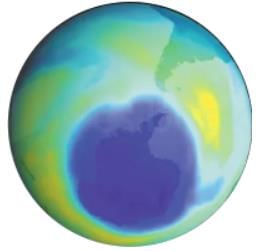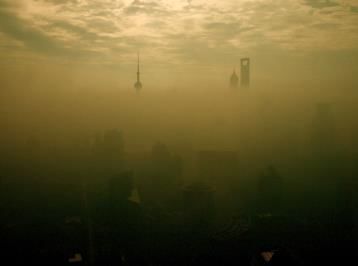Shankar IAS Test: Environmental Issues - UPSC MCQ
15 Questions MCQ Test - Shankar IAS Test: Environmental Issues
Which one of the following diseases is caused by water pollution?
Which of the following is NOT a "greenhouse gas" (GHG)?
Maximum ozone depletion has been observed in which of the following?
In mined regions, ecological balance can be achieved by:
Identify the correct sequence of continents in decreasing order of their yearly carbon dioxide emissions, at present
A. Africa
B. Asia
C. Europe
D. North America
Choose the correct answer from the option given below
Which of the following is NOT a water pollutant?
Day time noise standard prescribed for residential areas in India is
In comparison to pure water, Boiling point of impure water
Non-point sources of water pollution are:
A. from specific location
B. diffuse
C. episodic
D. identifiable
E. difficult to monitor
Choose the correct answer from the options given below:
Areas that are under the influence of DDT may observe a decline in the population of birds. This is due to the fact that





















